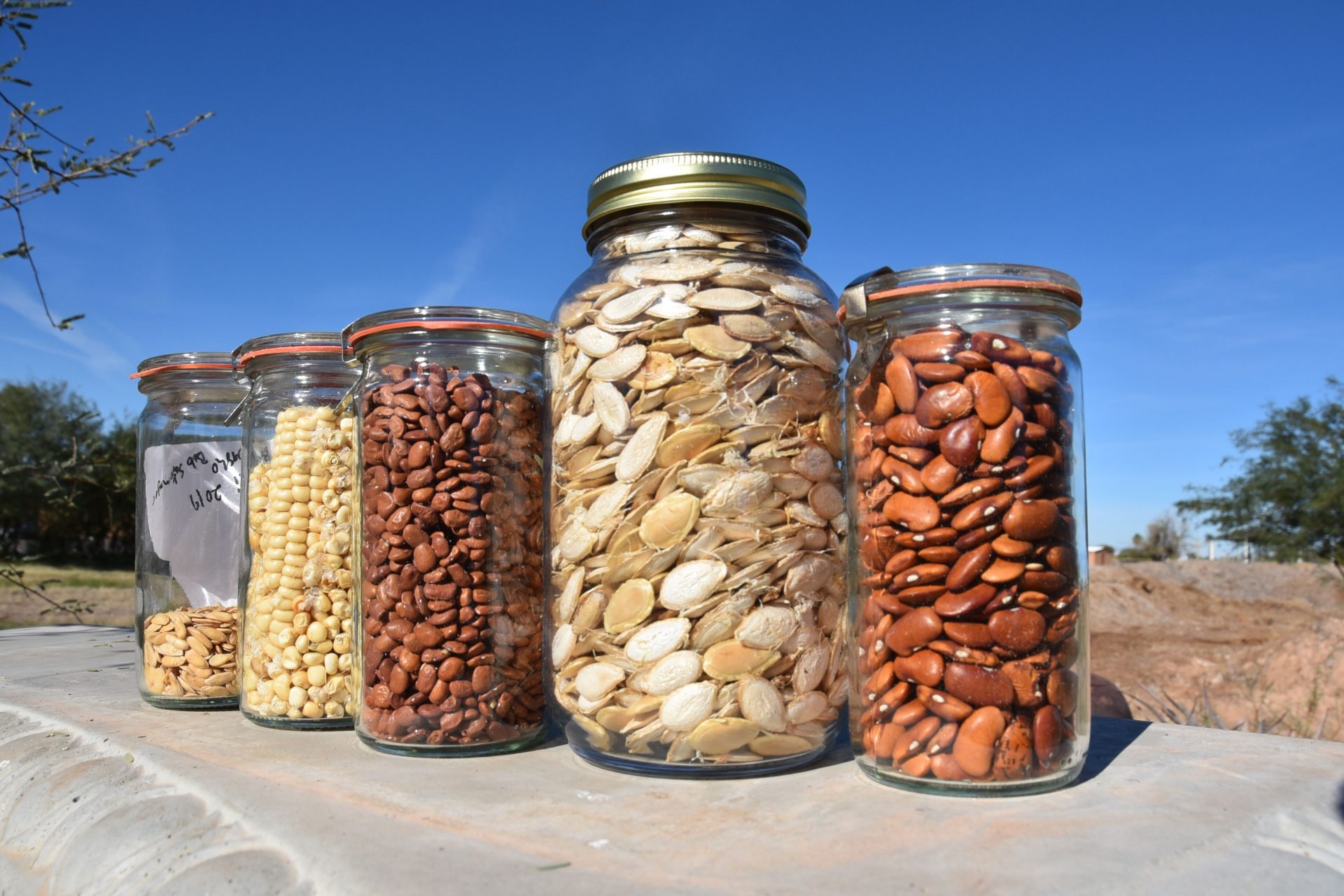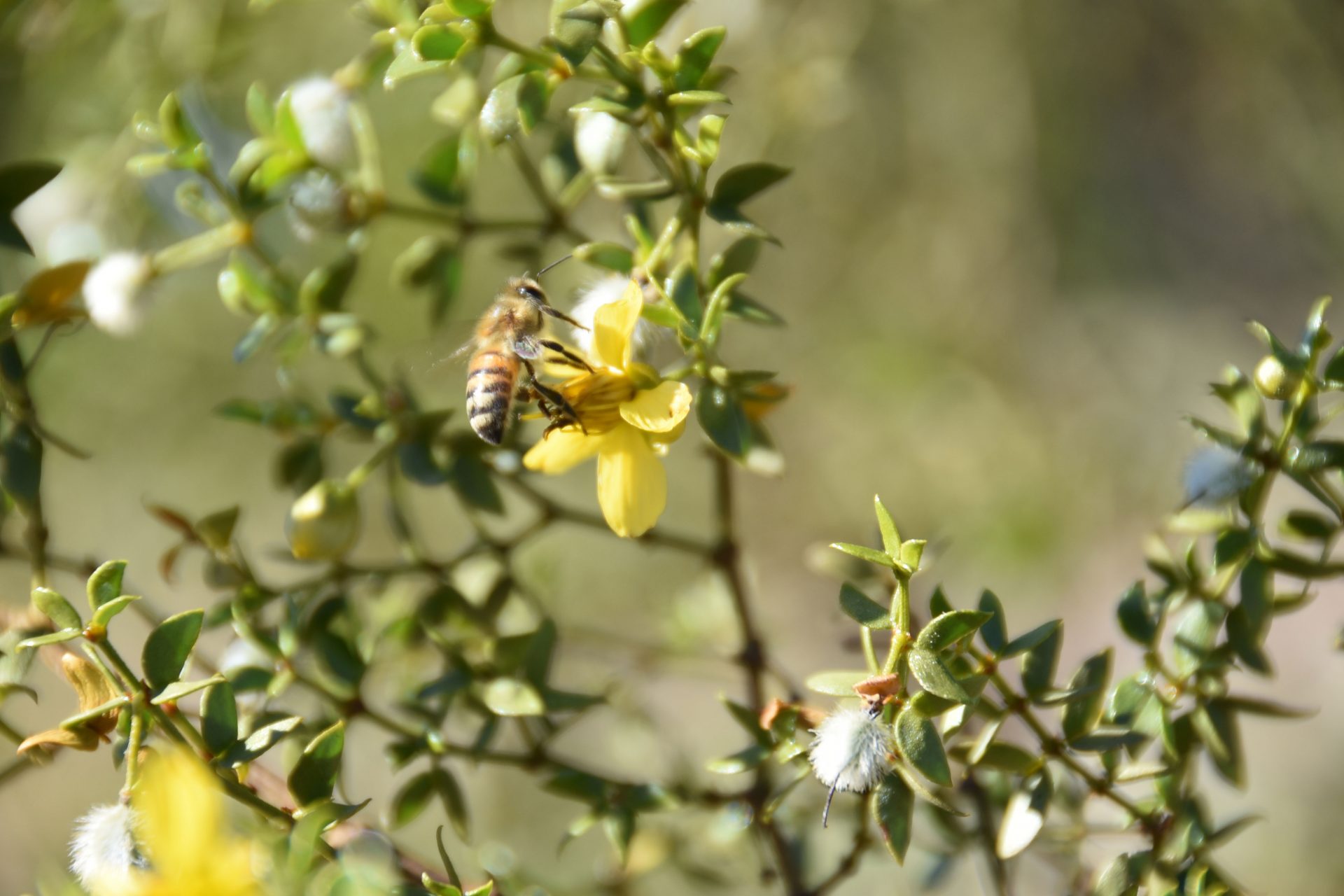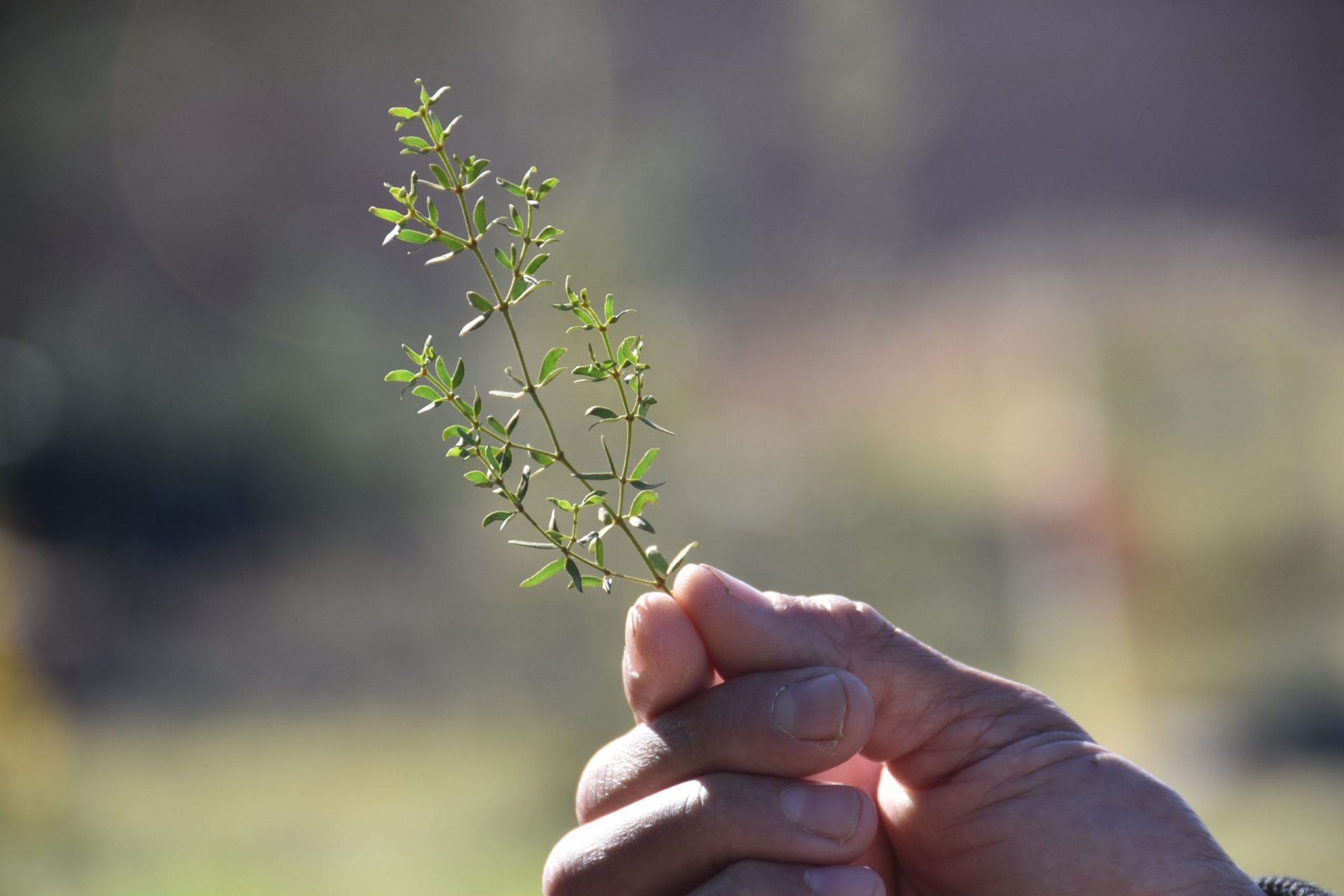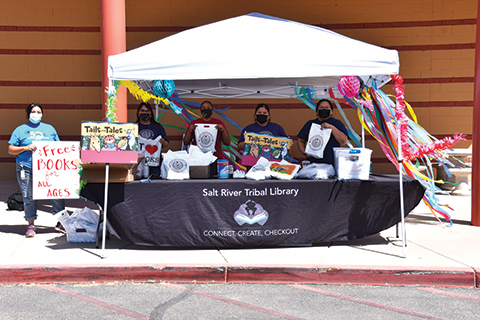VIEWS: 3209
January 7, 2022O’odham Reconnecting With Desert Plants: Creosote
Salt River Pima-Maricopa Indian Community garden tech Amson Collins has an encyclopedic knowledge of the O’odham way of life as it pertains to storytelling, nature and growing seeds.
From paying attention to the stories and O’odham prophecies taught by elders, he has a particular understanding of the important role that seeds and plants play in not only healing, but in the tribe’s survival as a people.
To farm and garden in the low desert, Collins says that knowledge goes beyond weather reports and historical accounts of weather. To Collins, having a genuine, conscious reconnection to nature using your senses and practicing traditions such as rain songs can help prepare you for a better understanding of the world around us.
“There will be a time where corporations and money will be of no value, with [more instances of] catastrophic events like earthquakes, floods and fires,” said Collins.
“Seeds are going to be the new currency. This society we’re living in now isn’t going to be anything to live by. We’re going to have to resort to more sustainability, and so the people who are connected to the earth are going to be the ones to create the new world. Practicing the rain songs right now regularly with our seeds is something that is going to be needed for the future. That’s how we’re going to have to live again, that’s just what I was taught.”
Collins said the monsoons (or jegos, which means dust storms in O’odham; mpoth means dust in Piipaash) aren’t as strong as they used to be.
“It doesn’t rain as much, because I was told as a whole, people in this area don’t want rain here,” said Collins.
“I grew up being taught that everything you think, feel and speak becomes reality. Even when you daydream consciously, it is a mirror effect—what you put out comes back to you.”

Anybody can go to the store and buy organic vegetables and save the seeds, and Collins said there is nothing wrong with that, but the major benefit and difference in connecting to your Community’s seeds, he said, is all the teachings you will receive from those cultivated plants.
“The plants you harvest from the desert, the wild ones, working with those plants and getting out in the heat, doing labor as you’re quietly picking, you will hear birds, the wind, and it’s all healing and medicine,” said Collins.
“It’s in our DNA and genetics as human beings in this area. Continuing to do those things keeps us in alignment, grounded and healed within ourselves. The spiritual growth you get from it just makes you feel good. I feel good when I harvest my plants in the summer. I don’t get rich from it; that’s not what it’s all about. To me, being rich is going out into nature.”
Creosote
One of the plants that Collins uses is the creosote bush (‘iivse in Piipaash and Ṣegoi in O’odham), which grows naturally all over the desert. According to Collins it is a strong medicine.
Creosote is a plant that can be picked right now, and it grows all year round. The winter rains have made the leaves very lush. You don’t want to pick creosote when it’s seeding or flowering.

“It has many uses. People make a tea out of it and drink it when they’re sick, [because] it has antibacterial and antiviral properties. But the resins can build up in the liver and cause scar tissue if you have too much,” said Collins.
To make a tea, you just take a little piece and boil it in water and drink it, he said.
“I drink it once a month. It’s just good to have that medicine in your body. It’s not something I would drink every day. When you boil it, you have to bring it to a light green tea color; when you make it too dark and tar-like, it’s not good for your digestive system. It’s a plant of healing, grounding and cleansing of the body.”
Collins said creosote can also be used as a smudge; you take some leaves and dry them out and burn it, or you can take fresh creosote leaves on a bed of coals and smudge it.
It also has anti-odor properties. Dry out the leaves and crush them into a powder to make deodorant. You can take a bundle of fresh creosote and put it in your boots if you’re working all day, and it will help get rid of smelly feet. You can make a salve or a wax from it as well.
“When the women play toka or men play songivu’l, creosote is sometimes used for aiding sores and cuts,” said Collins.
“If your mouth is really dry in the summertime, and you don’t have water while traveling in the desert, you can grab a small piece and place in your mouth. It will create saliva and keep your mouth moist until you hydrate.”
Editor’s Note: This material is provided for informational purposes only and is not medical advice.







